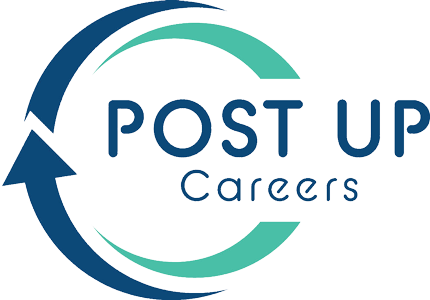Every conversation I have with a client looking to update their resume includes questions about the dreaded Applicant Tracking System (ATS).
Before we talk about beating an ATS, let's define what what an ATS actually is and how it works. I've written a longer post about this before (link here), but ultimately an ATS is a database.
When you apply for a job online, your resume is sent into an ATS where it will be scanned, sorted, and filtered based off of a keyword search.
A common misconception about an ATS is that it is this all-knowing software that is just spitting resumes out of the system based on keywords. This simply is not the case. In reality, most people aren't missing the mark with an ATS based on keywords!
Once a company decides to begin searching through their applicants to the position, they will go into the ATS and input a keyword search to begin sorting the resumes. Below is a sample search I might use when recruiting for a sales person....
Sales OR "Business Development" OR "Account Executive"
The quotes I'm using in my search are me searching for those words exactly together. I'm leaving sales generic because as a recruiter I always liked to start my searches broad and filter from there.
So if you have those words on your resume then you're in pretty decent shape. If you're simply describing your role then you're keyworded fairly well.
Where candidates typically miss with an ATS is with resume formatting. Not with keywords. A few tips in terms of formatting:
1. Use a clean layout without columns. A lot of resumes have contact info, education, skills, etc on the left side of the resume and work experience on the right. Some Applicant Tracking Systems can parse these accurately, but others might struggle. So bat 1.000 with a single column resume format.
2. Avoid tables and text boxes where possible. I see resume skills sections and even contact info sections in tables or text boxes with online templates. Many Applicant Tracking Systems struggle to parse information in these, so keep your resume formatting clean of these.
3. Avoid graphics and images. These can jumble the systems up. If you're in a creative field, instead of having a fancy resume with images and graphics, instead include a link to your portfolio on your resume. You can use your graphic resume for networking purposes, but don't apply for a job online with them.
4. Don't keyword stuff your resume. Yes, you want to include keywords in your skills section for sure, but be strategic (and honest) with them because it actually hurts your credibility more than it helps to have 40 different skills.
Now, the question you're probably asking yourself is that if you're doing all of those things on your resume and you're not getting call backs then how are you beating the ATS?
The answer is that you're not even competing against the ATS. You're more likely losing the 6-second resume test. A recruiter (or whoever is screening your resume) is looking at your resume for 6 seconds before deciding whether or not to move forward with scheduling an interview with you.
So the question now becomes instead of beating the ATS, how do you beat the 6-second resume test?
You beat the 6-second resume test by showing accomplishments on your resume. Don't get me wrong, the descriptors are important because that's where a lot of your keywords are, but you need to demonstrate results on your resume to start getting call backs from recruiters.
If you're in sales show your sales increases. If you're in accounting show how you achieve compliance. If you're in engineering show continuous improvement initiatives that have kept a facility efficient.
An accomplishment-driven resume with a clean format is always going to be your best weapon for success in a job search. You can learn more about the resume and professional profile packages we offer to help develop winning resumes here.





